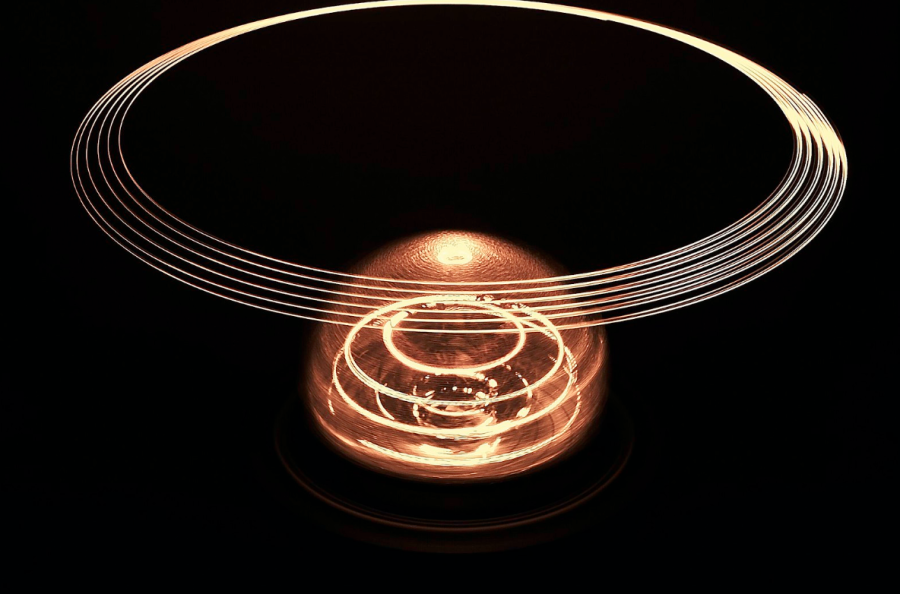The Future of Energy Looking As Bright As The Sun
Nuclear fusion is the process of combining atomic nuclei to make a heavier nucleus, releasing a ton of energy in the process. It is the same reaction that powers the sun, one that scientists have been trying to replicate for decades in an attempt to create more sustainable energy.
In late 2022, scientists of National Ignition Facility (NIF) in California successfully created a nuclear reaction that resulted in net energy gain. This is extraordinary since it means that nuclear energy can power more with less initial energy, resulting in a cleaner, greener source of energy.
The science behind nuclear fusion is quite interesting. According to the U.S. Department Of Energy (DOE), nuclear fusion works because during the combining of the two nuclei, typically of hydrogen atoms, to form one nucleus, results in a loss of mass. Einstein’s famous equation, E=mc2, explains that energy and mass are interchangeable in the sense that one can easily come from the other. Therefore, due to the fact that the mass of one combined nucleus is smaller than the mass of two nuclei, the remaining mass after combining is transformed into a great deal of energy. Nuclear fusion energy runs on the fusion of hydrogen atoms, the most abundant element in the universe, giving this type of energy an almost limitless source.
While there are already nuclear power plants that generate viable energy, these ones are powered by nuclear fission, the exact opposite of nuclear fusion. The problem with this kind of energy is that it is quite unpredictable and could pose dangerous consequences. Nuclear fission is the same process that nuclear bombs run on, so the risk of accidentally releasing nuclear accidents is high. There are also detrimental health risks associated with nuclear waste, and if not done right, could lead to even bigger problems. Nuclear fusion energy ultimately provides a safer way to harness nuclear energy.
However, this does not mean that nuclear energy will suddenly be available for commercial use. The ‘breakthrough’ project was only conducted in a very small size, not even generating enough energy to power a lightbulb. Scientists are still working on large-scale versions, but critics worry that this energy will not come ‘in time’, with many saying that the NIF is running years behind schedule. The scientists themselves have said that it will take a lot of time, resources, and effort to be able to engineer a way to generate nuclear power on a grander scale with enough energy to power everyday use. The current estimate before nuclear energy can be a viable source for general use seems to be around 10 years.
Despite these cautions, this development is still a step in the right direction for the future of sustainable energy. The end goal is a self-sustaining burn that produces significantly more usable energy than was put in, available for everybody to use. And while there is still a long way to go, these recent experiments have the future of energy looking as bright as the sun, literally.






